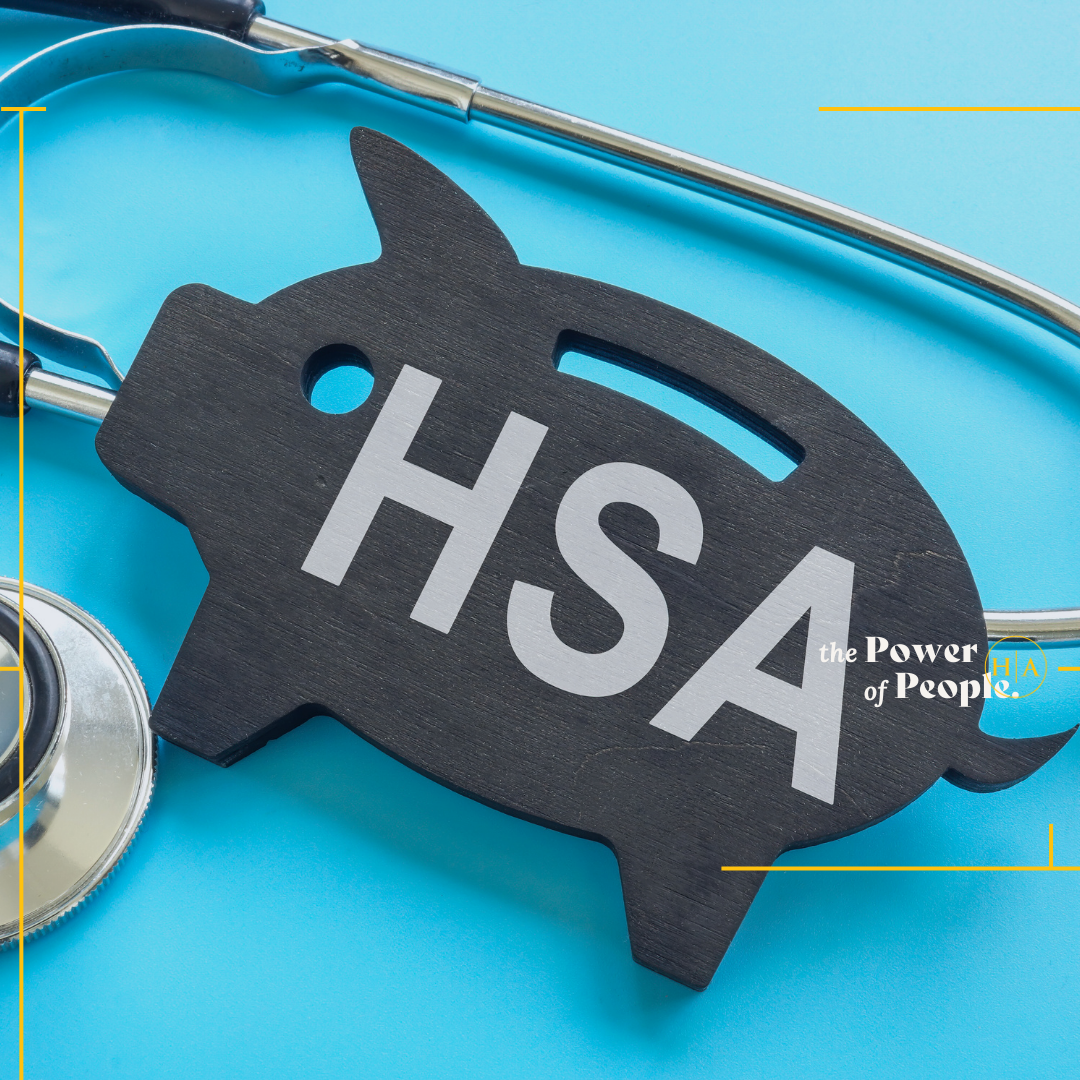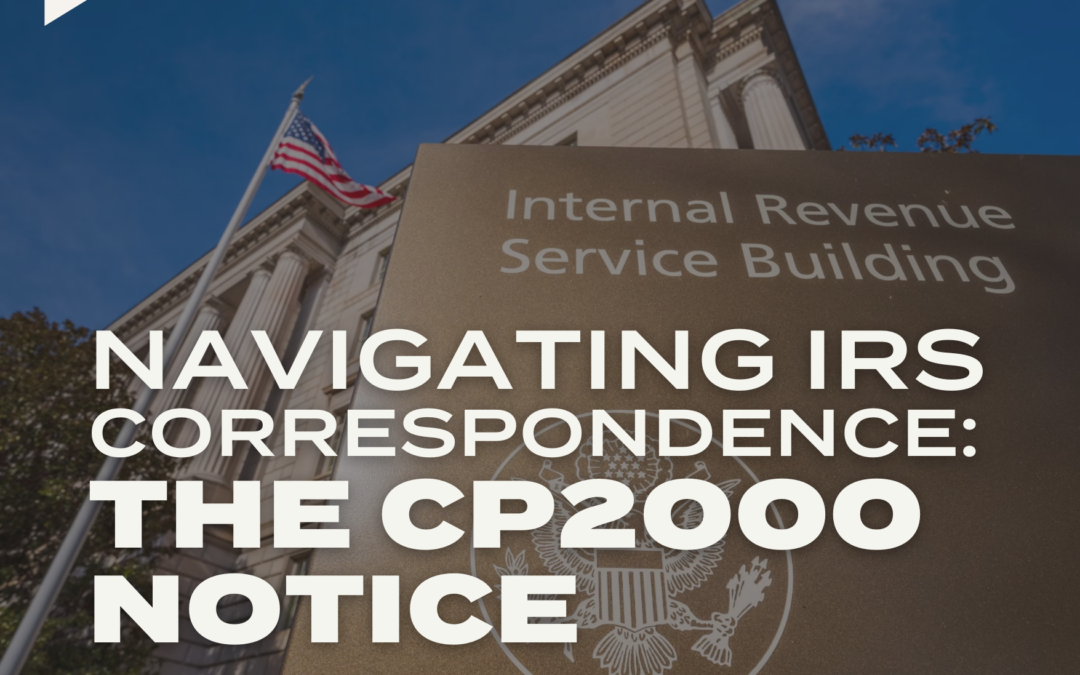The IRS has released guidance that includes the 2024 inflation-adjusted amounts for Health Savings Accounts (HSAs). The benefits of HSAs include: contributions are made on a pretax basis; funds can be withdrawn tax-free to pay for a variety of medical expenses, such as doctor visits, prescriptions, chiropractic care and long-term care insurance premiums; and HSAs are “portable,” meaning the account stays with the employee even if he or she changes jobs or leaves the workforce.
What Exactly Is an HSA?
An HSA is a trust created exclusively for the purpose of paying the qualified medical expenses of the account holder and his or her family if a family plan is obtained. To be eligible, an individual must be covered under a high deductible health plan (HDHP, defined below). Participants in an HSA cannot be enrolled in Medicare or have other health coverage, though there are exceptions, which include dental, vision, long-term care, accident and specific disease insurance.
Within specified dollar limits, an above-the-line tax deduction is allowed for an individual’s contribution to an HSA. This annual contribution limitation and the annual deductible and out-of-pocket expenses under the tax code are adjusted annually for inflation.
Inflation Adjustments for Next Year
In Revenue Procedure 2023-23, the IRS released the 2024 inflation-adjusted figures for contributions to HSAs, which are as follows:
Annual Contribution Limitation. For calendar year 2024, the annual contribution limitation for an individual with self-only coverage under a HDHP will be $4,150. For an individual with family coverage, the amount will be $8,300. This is up from $3,850 and $7,750, respectively, in 2023.
There’s an additional $1,000 “catch-up” contribution amount for those age 55 and older in 2024 (and 2023).
HDHP Defined. For calendar year 2024, an HDHP will be a health plan with an annual deductible that isn’t less than $1,600 for self-only coverage or $3,200 for family coverage (up from $1,500 and $3,000, respectively, in 2023). In addition, annual out-of-pocket expenses (deductibles, co-payments and other amounts, but not premiums) won’t be able to exceed $8,050 for self-only coverage or $16,100 for family coverage (up from $7,500 and $15,000, respectively, in 2023).
Contact your employee benefits and tax advisors if you have questions about HSAs at your business.





